Discover the vibrant capital city with its bustling markets and fascinating culture.
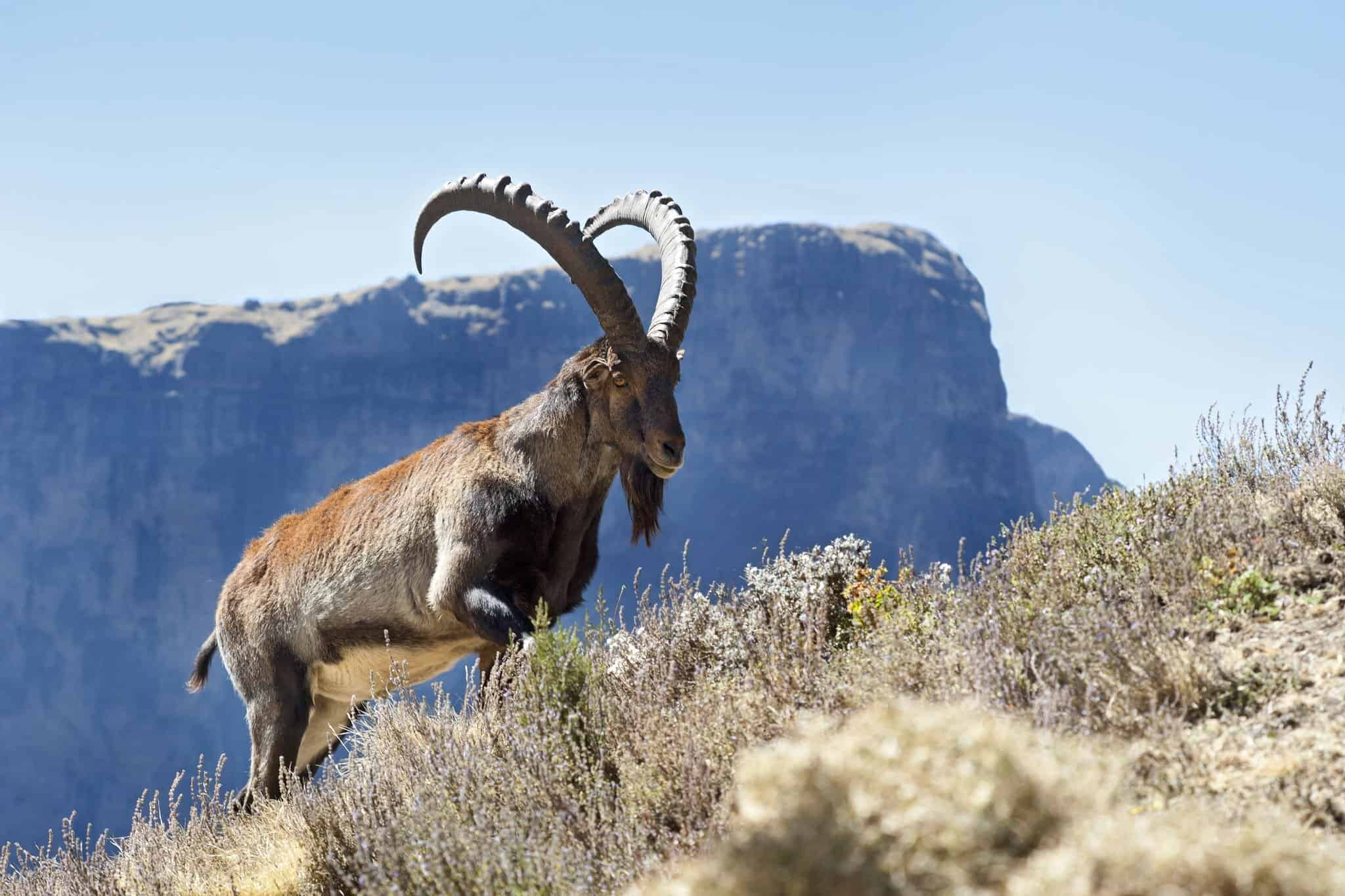
Introducing Wildlife Expedition
Exploring The Untamed Beauty Of Ethiopia's Mountains
Commence an adventure on an unforgettable 12-day wildlife expedition through Ethiopia's majestic Simien and Bale Mountains. This journey is tailor-made for wildlife enthusiasts seeking an up-close encounter with Ethiopia's extraordinary biodiversity.
With a focus on two of the country's most renowned national parks, this itinerary offers extended stays in the Simien and Bale Mountains, providing ample opportunities to observe and photograph endemic mammals and birds against the backdrop of awe-inspiring landscapes. With expert guides and a wealth of wildlife encounters, this expedition promises an unforgettable experience for wildlife enthusiasts, offering a unique glimpse into the untouched wilderness of Ethiopia.
Destination Highlights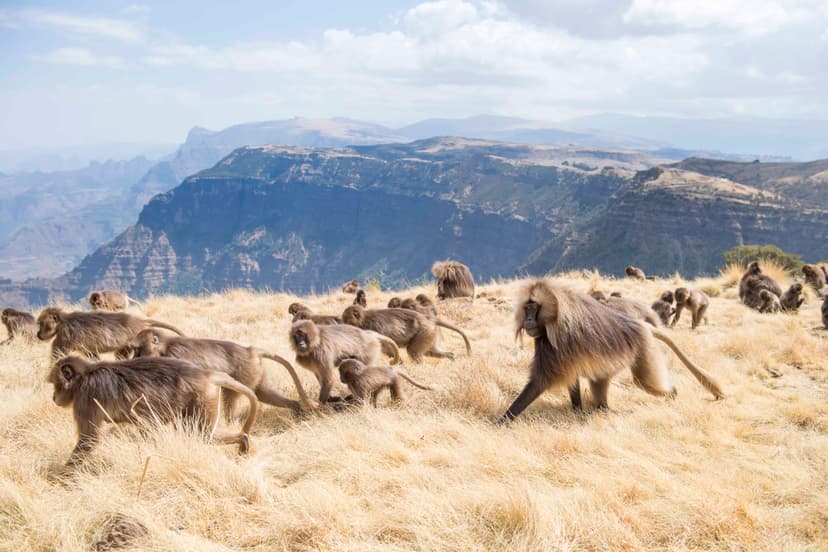
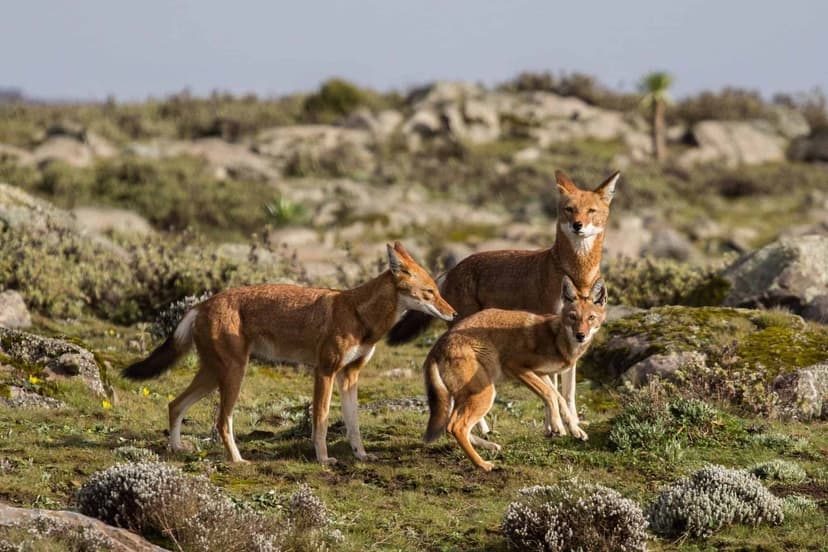
Highlighted Destinations
Explore the historical sites of Gonder, including the Royal Enclosure and Debre Berhan Selassie Church.
Encounter the iconic Gelada Baboons and elusive Walia Ibex while enjoying the breathtaking scenery.
Roam the high moorlands in search of the endangered Ethiopian Wolf and other unique species.
Itinerary at a Glance
Day by day Tour Itinerary
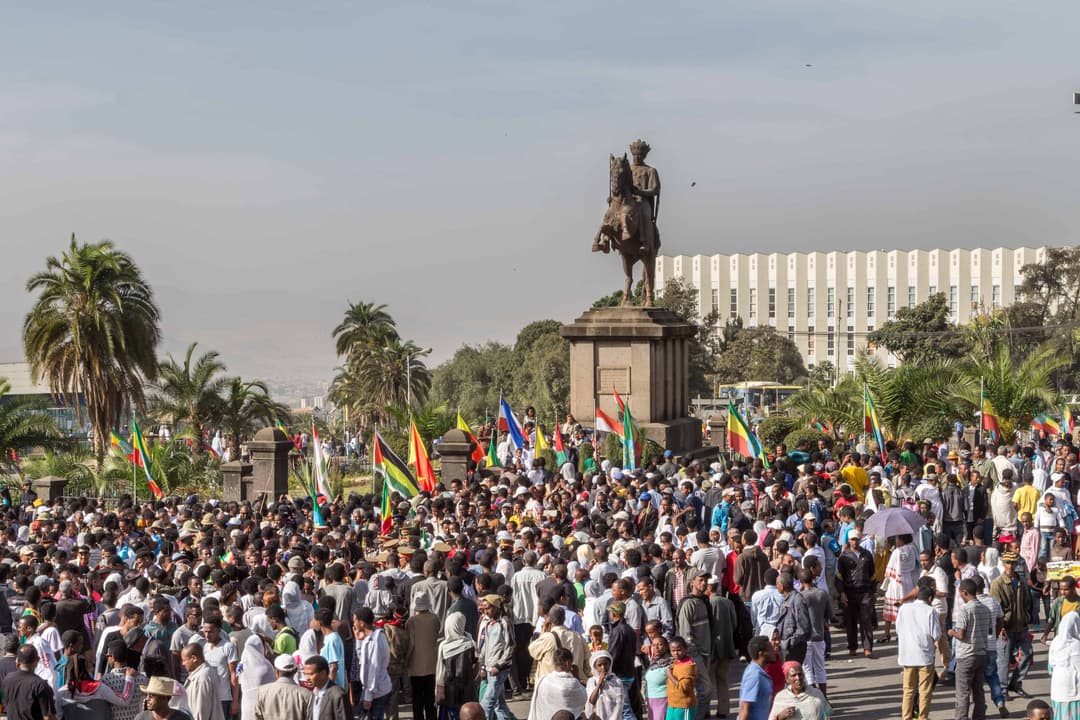
DAY 1: ARRIVE IN ADDIS ABABA & CITY TOUR
- Fly to Addis Ababa; upon arrival at Bole international airport, our hospitality begins. We provide you with a meet-and-greet service at the airport and then transfer you to your hotel for overnight accommodation. The city enjoys an excellent climate all year round, with an average temperature of 25°C (77°F).
- With a multiethnic population of over 5 million, Addis Ababa is a pleasant city with wide avenues of jacaranda trees, interesting museums, and one of the largest open-air markets in Africa, known as the “Mercato”. After your long flight and a welcome briefing, you can settle into your hotel for some rest. Overnight in Addis Ababa
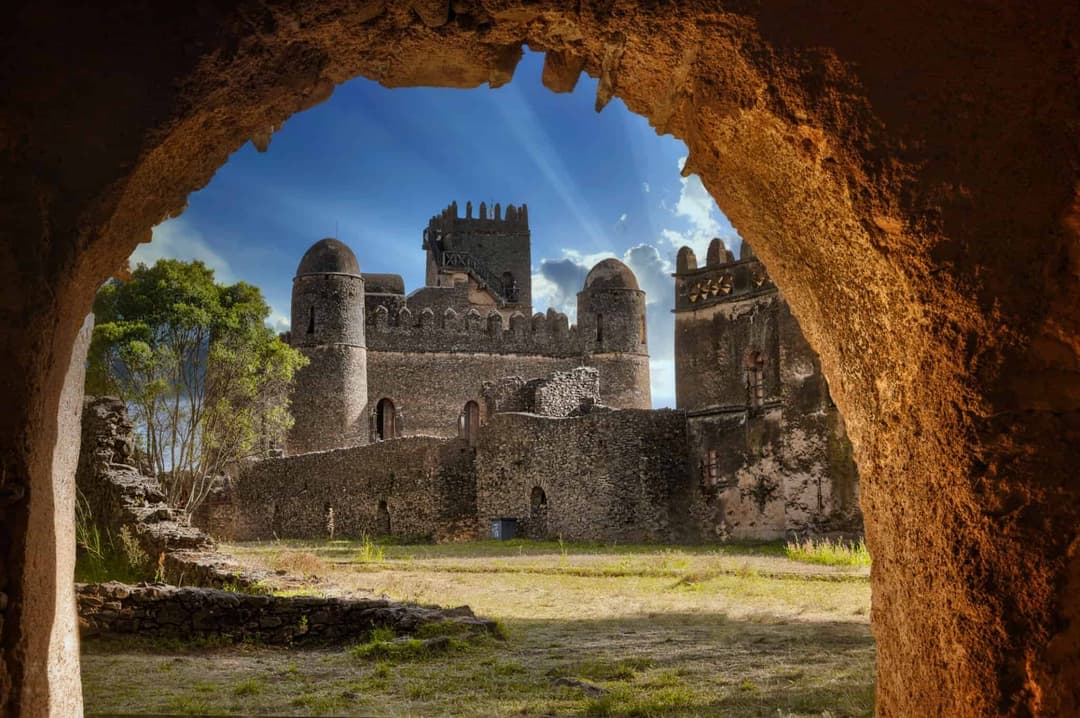
DAY 2: FLY TO GONDER & SIGHTSEEING
- This morning board a short flight to Gonder, upon arrival transfer to your hotel. You will spend today exploring the city of Gondar. It was founded in 1636 by Emperor Fasilades as the royal capital of Ethiopia, and is also known as “the Camelot of Africa”. In Gondar, there are a dozen castles, built by various kings and a queen over the course of 236 years.
- You will visit the Royal Enclosure, among these the Castle of Fasiledes, the oldest and probably the most impressive of all the castles found in the area. You continue on to the church of Debre Berhan Selassie (a UNESCO World Heritage Site). The interior of Debre Berhan Selassie is decorated with beautiful murals, cherubs, and paintings. It is rumored to have once been the proposed final resting place of the Ark of the Covenant. Overnight in Gonder
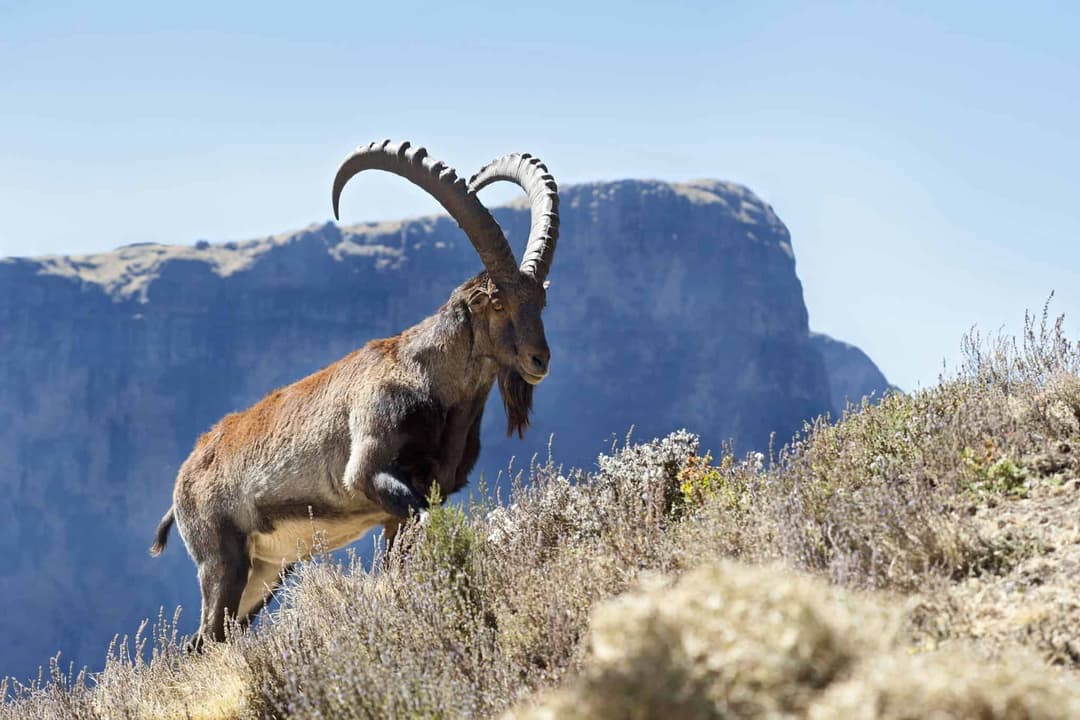
DAY 3/5: SIMIEN MOUNTAINS
- This morning you continue your journey to the Simien Mountains. The next three nights you will explore one of Africa’s principal mountain massifs and one of the continent’s most spectacular sceneries.
- The three-hour drive to Debark, the gateway to the Simien Mountains National Park, is our first opportunity to get a feel for the Ethiopian highlands, and as we pass through the small roadside villages we are provided with a valuable insight into the subsistence economy that exists here. Employing methods unchanged for thousands of years, families continue to grow a variety of indigenous crops, chief among them, the famous and ubiquitous teff.
- The Simien Mountains are home to some of the most breathtaking scenery in Africa and also harbor many of Ethiopia’s most iconic mammals. At least a dozen of its peaks rise above 4000m, with the highest; Mount Ras Dashen, scaling 4,620m, making it the highest point in Ethiopia and the fourth highest on the continent.
- The mountain range is comprised of several major plateaus divided by a network of river valleys that span for miles, however, it is only the western side of the range that has been designated a National Park and it is here that you will focus your attention single dirt road runs through the Park from your lodge to Bwahit Pass, allowing you to access the most scenic and rewarding sites around Sankaber and Chenek, where you will be on the lookout for three of Ethiopia’s largest endemic mammals.
- With an estimated population of over 15,000 individuals, the Simien Mountains is considered a stronghold for the Gelada Baboon; a magnificent beast possessed of an imposing golden mane and distinctive heart-shaped red chest. Unique amongst primates, the Gelada Baboon feeds almost exclusively on grass and is considered the most sociable of African monkeys, with a harem-based social structure that is widely regarded to be second in complexity, only to humans.
- With enormous canines and a maned coat, not unlike a Lion, one could be forgiven for thinking that you would need to give them a very wide berth. However, they are in fact remarkably tolerant of their human cousins and will often allow you to approach within a few meters, providing superb photographic opportunities.
- Social units typically number around 30-50 individuals, however, in the late afternoon as dusk approaches, the baboons retreat to the safety of the escarpment edge and will often come together in mega-herds of over 500 animals. Set against a magnificent backdrop of vast plains and isolated pinnacles, this has to be one of Africa’s most impressive wildlife spectacles.
- Restricted entirely to the Simien Mountains, the endangered Walia Ibex is considered to be Ethiopia’s rarest endemic mammal, with the population believed to be in the region of 500 individuals. Favoring very steep, rocky cliff areas between 2,500m and 4,500m high, with its chocolate-brown coloration it can prove remarkably well camouflaged when set against the dark cliffs.
- Males can weigh as much as 125 kg (180-280lb) and have very large horns that curve backward, reaching lengths up to 110cm (43 in). Whilst the females are smaller and lighter in color, the males have a distinguished black beard that lengthens and thickens with age, setting them apart from the females.
- Walia Ibex are prolific grazers and will feed on a diverse range of vegetation, from scrub and herbs to lichens, and are particularly active first thing in the morning when they frequently ascend the escarpment cliffs to graze on the plateau. The area around Chenek not only holds some of the most spectacular scenery in the Park but is also something of a hotspot for the species and you will certainly try your luck here, hoping to photograph this magnificent animal in the morning light.
- Sadly, following a rabies epidemic several years ago, the last of the ‘Simien Big Three,’ the Ethiopian Wolf, is also the rarest, with the Simien population now believed to be as low as 40 individuals. Nevertheless, Ethiopian Wolves have been seen and heard in the Simiens and you will always be on the lookout. It is also worth noting that you will also have an excellent chance of seeing this beautiful canid later on in the tour in the Bale Mountains.
- Less well known for its birds, the Simien Mountains still has some very interesting prospects, with over 180 species having been recorded in the range and some star species offering fantastic photographic opportunities, including Lammergeiers, Augur Buzzards, and with a little luck, Lanner Falcons.
- Endemic White-billed Starlings are a common sight, frequently found clinging to rocky gorges, whilst White-winged Black Tit and Abyssinian Catbird prefer the dense cover of Juniper Forest.
- The drab Moorland Chat is one of the most common birds in the area and will be a constant companion throughout our stay, whilst picnic lunches are likely to attract the attention of inquisitive endemic Thick-billed Ravens! Overnight in Simien Mountains National Park
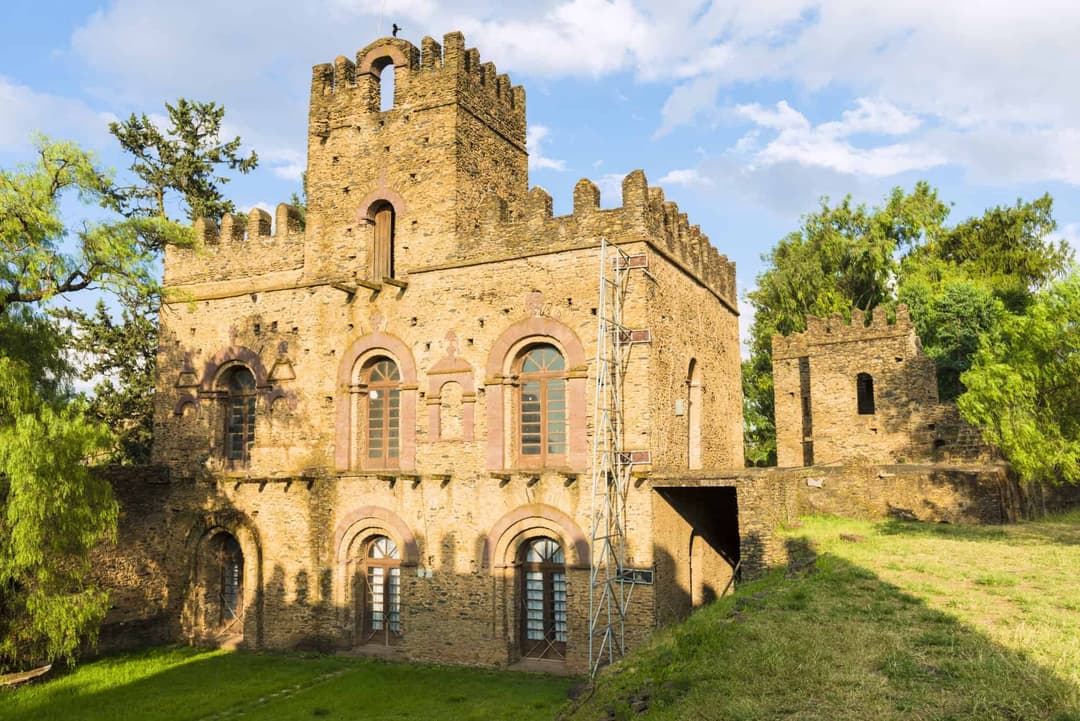
DAY 6: DRIVE TO GONDAR & FLY TO ADDIS
- After three fabulous nights in the Simiens, it will sadly be time to leave and you will gradually retrace your steps back to Debark and then on to Gondar, arriving in good time to check in to your flight back to Addis. Upon arriving in Addis, you will transfer to your hotel for overnight.
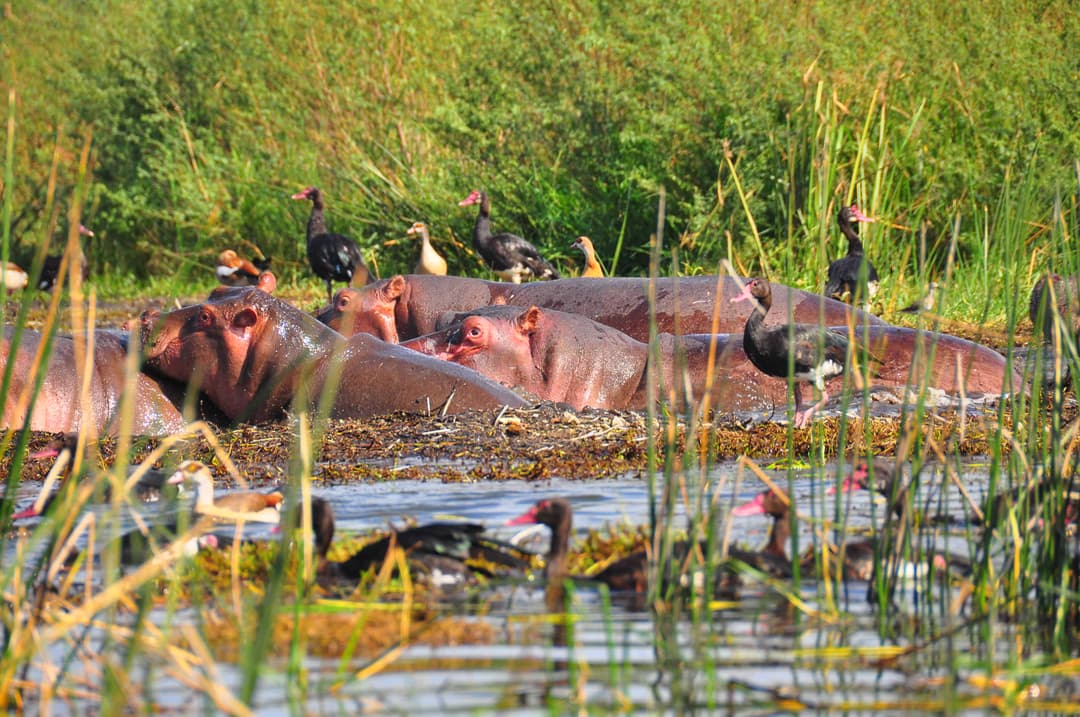
DAY 7: DRIVE TO AWASSA VIA SENKELLE SANCTUARY
- You will set off early and drive south through the Great Rift Valley to Lake Awassa where you overnight. As you drive, you see a marked difference in the style of the houses and the surrounding habitat, with roadside birding offering the chance to see and photograph such bushland and acacia-loving many birds.
- Having a lunch stop at Shashamane town, then drive to Senkelle. In the late afternoon, you will explore the rarely-visited Senkelle Wildlife Sanctuary, the last stronghold of the endemic Swayne’s Hartebeest. These impressive chestnut-colored antelopes are still common here.
- Besides this, Oribi, bushbucks, warthogs, and baboons in the grasslands and also feature a different variety of birds like the White-bellied Bustard and the gorgeous Northern Carmine Bee-eater. After the exploration, you head to Awassa, a town situated beside the lake of the same name, where you will overnight.
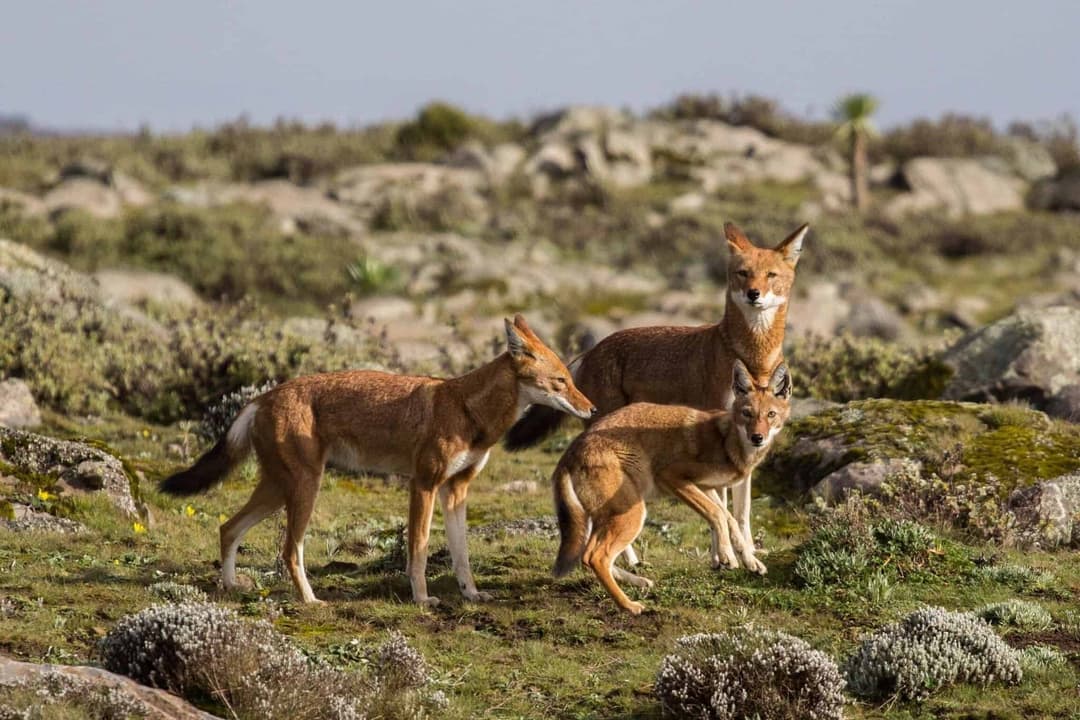
DAY 8: DRIVE TO BALE MOUNTAINS
- After breakfast, you will embark on the long drive to the Bale Mountains National Park, a scenic journey that will likely take much of the day, but should give you the chance to see some incredible wildlife and an excellent chance of getting your first views of one of the world’s rarest canids, the Ethiopian Wolf!
- Climbing through forests, fields, little villages, and banana groves, you reach open grassy uplands where you shall stop to scan for Serval Cat before continuing on to the Park Headquarters at Dinsho. Exploring the surrounding juniper forest, you have the possibility of encountering and photographing some of the region's mammals, including the endemic Mountain Nyala, Common Duiker, Bohor Reedbuck, Menelik's Bushbuck, and Warthog, all of which may be seen along the forest margins. As well as the mammals you will also be on the lookout for some of the area’s endemic bird species.
- From Dinsho you continue, first out of the park, passing through the town of Goba, before entering back in and beginning your ascent up to the Senetti Plateau. It is here, amongst the vast tracts of Afro-alpine moorland, Giant Lobeilias, and stands of Red Hot Pokers that you have your best chance of encountering and photographing the magnificent Ethiopian Wolf and its favorite prey, the enigmatic Giant Mole-rat. Driving south across the plateau for approximately 50kms you reach the southern escarpment and from here, begin our descent into the mystical world of the Harenna Forest where you base yourselves for the next three nights at the charming Bale Mountain Lodge.
- Overnight: Three nights in Bale Mountains National Park
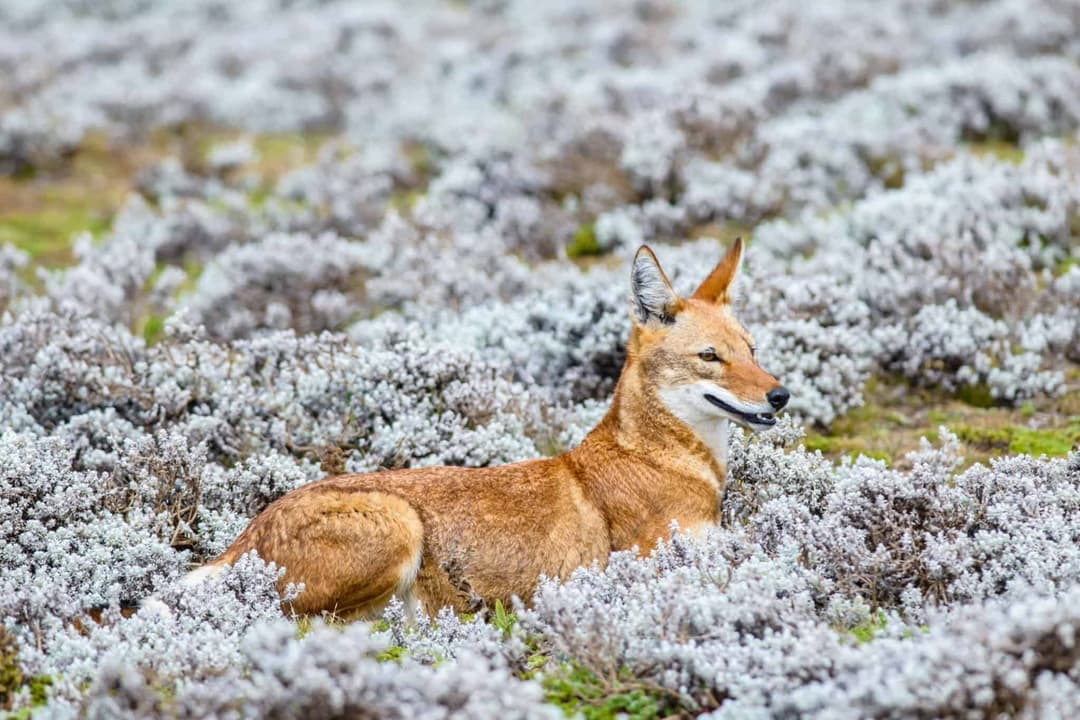
DAY 9 & 10: EXPLORE BALE MOUNTAIN
- The Bale Mountains, lying between 9,500 feet and 14,360 feet, contain the largest tract of high moorland in Africa. Virtually uninhabited, they are almost entirely unspoiled and were set aside as a national park in order to protect the Mountain Nyala which is found nowhere else in the world. Of volcanic origin like the more famous Simiens in the north, the Bale Mountains may not be as spectacular, but they do possess an exceptional beauty and charm which can be likened to that of the Scottish Highlands. They are green and spacious, decorated with rocky peaks and crags, numerous small lakes, extensive heathland, magnificent cloud forests, and bogs! Within the park is Mount Batu, at 14,360 feet one of the highest mountains in Ethiopia. The flora is fascinating and so is the fauna.
- The park remains a stronghold for the beautiful Ethiopian Wolf, which roams the plateau in small groups and is regularly seen, whilst Klipspringers, the endemic Stark’s Hare, Warthogs, Rock Hyrax, the peculiar endemic Giant Mole-Rat, and the verminous but characterful Grass Rats and Swamp Rats (the main prey of the Ethiopian Wolf) are to be added to those species already mentioned.
- Amongst an interesting collection of upland birds, we are likely to see eleven of Ethiopia's 29 endemics: Blue-winged Goose, Rouget's Rail, Spot-breasted Plover, White-collared Pigeon, Black-winged Lovebird, Golden-backed Woodpecker, and Abyssinian Long claw, Abyssinian Catbird, White-backed Tit, Black-headed Siskin and Thick-billed Raven!
- With two full days to explore the area, you are likely to focus the majority of your time on the plateau where little lakes, extensive grasslands, and the weird spikes of primeval-looking Giant Lobelias and Red-Hot Pokers provide a wonderful Afro-alpine habitat in which to observe and photograph the wolves. You will typically take the approach of driving slowly across the plateau until you encounter a wolf. The wolves are usually quite comfortable around the vehicle, but it has the disadvantage of being quite high up, and the likelihood is that you will spend a significant amount of time observing and photographing the wolves on foot.
- This method requires a good degree of stealth and patience but can be hugely rewarding, and you will likely find yourselves refining your methods over the duration of your stay. The wolves are usually very active during the day, and you have a good chance of observing them displaying a wide range of behaviors. With rodents making up the vast majority of their diet, they have to hunt frequently and you have an excellent chance of witnessing and photographing this fascinating behavior.
- In addition to providing an important food source for the Ethiopian Wolves, the large numbers of rodent species on the plateau also attract many species of birds of prey that include wintering Spotted, Imperial, and other Aquila eagles, as well as almost all of Ethiopia's vulture species. Wattled Crane and Montane Francolin are two resident bird species that we are likely to encounter, alongside endemic Rouget's Rail, Spot-breasted Plover, and Blue-winged Goose.
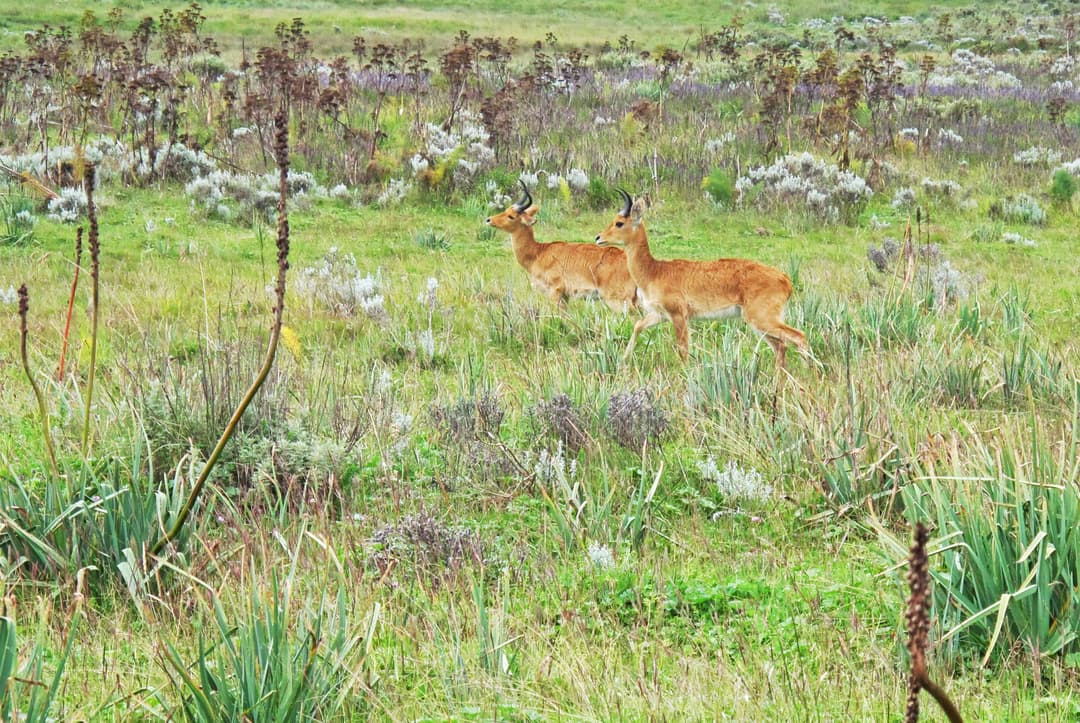
DAY 11: DRIVE TO LAKE LANGANO
- Today retrace your steps back over the plateau, stopping for any wildlife of interest on route. Descending the northern escarpment into Goba, you journey west past Dinsho and back to Lake Awassa, before turning north and continuing up the Great Rift Valley for an overnight stay in a comfortable eco-lodge on the shores of Lake Langano.
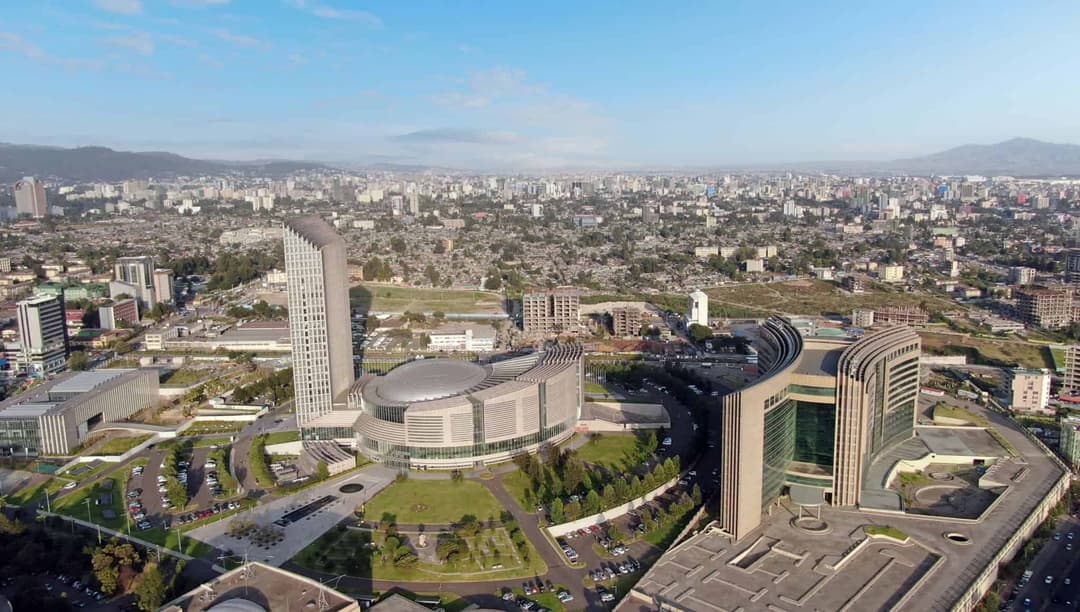
DAY 12: DRIVE TO ADDIS ABABA
- Today, your last morning in Ethiopia, you are free to relax and enjoy this beautifully appointed eco-friendly lodge and the surrounding lake area. Heading back north, you will pay a visit to Lake Abiata, which is widely regarded as Ethiopia's Nakuru. Shallow and saline, it is an enormous lake with enormous numbers of birds and you will enjoy this spectacle of color. Later, you return to Addis where hotel rooms will be available to freshen up and then travel to the airport for your flight home.
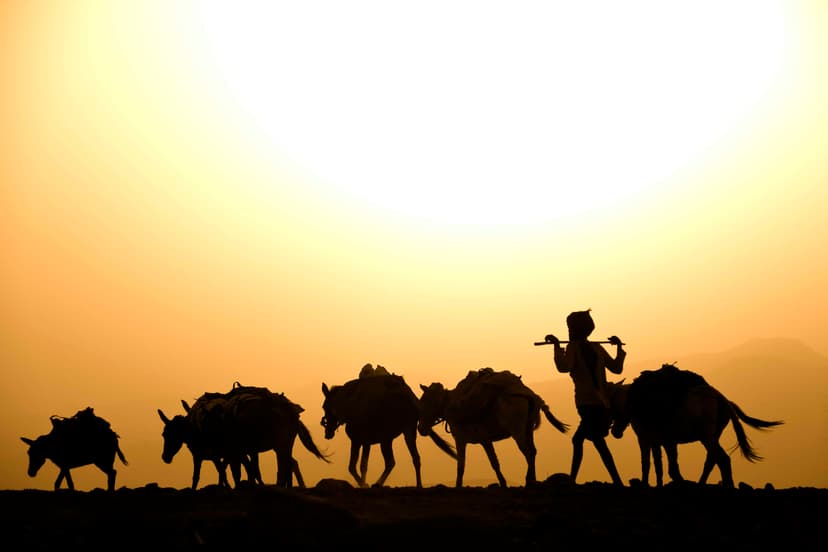
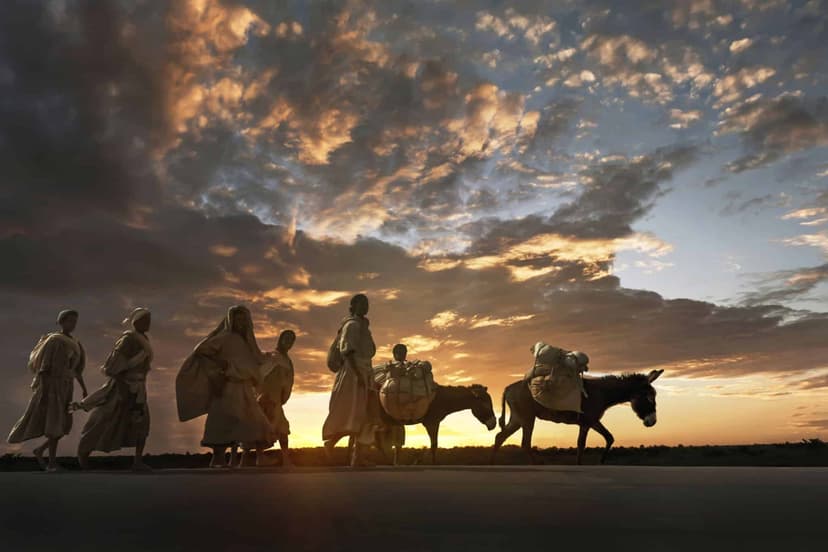
How Can We Help You Create an Extraordinary Ethiopian Adventure?
At Sawla Tours, we are passionate about turning your travel dreams into reality. With years of hands-on experience in crafting unforgettable journeys to Ethiopia, we are your go-to experts in deciding when to travel, where to explore, and what to discover.
Whether you have a detailed itinerary in mind, seek professional advice, or simply don't know where to begin, we're eager to assist. Reach out to us today, and together, we'll create an extraordinary travel experience tailored just for you.
Contact Us Now
Ethiopia Tour Themes
Discover More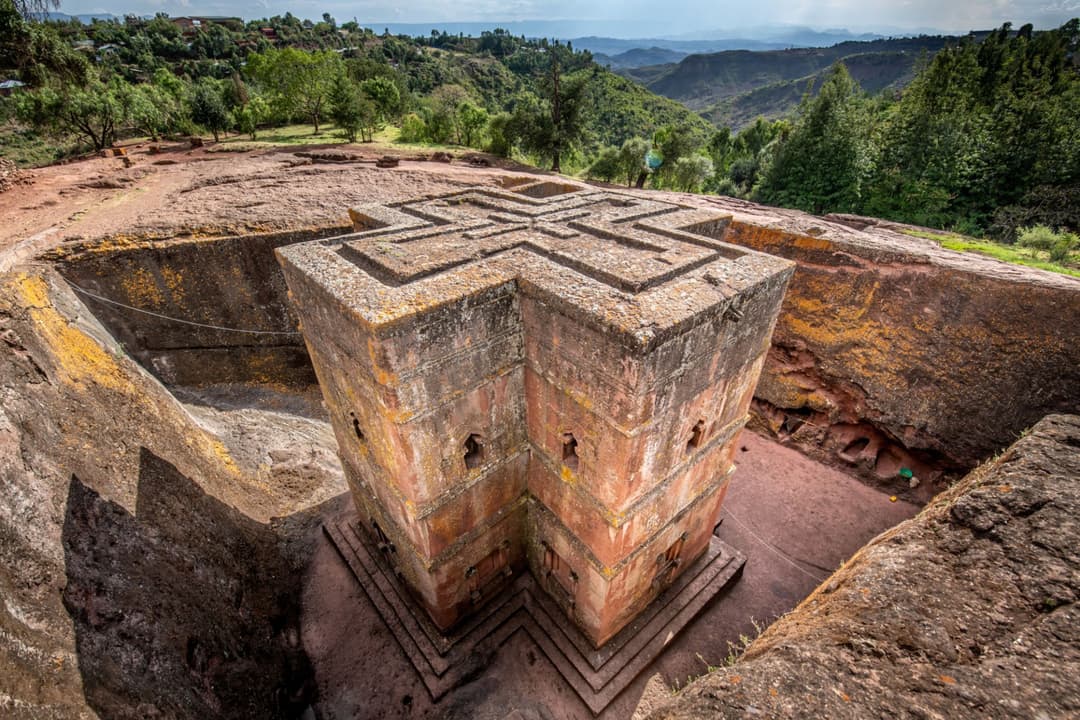
Popular Destinations
Discover More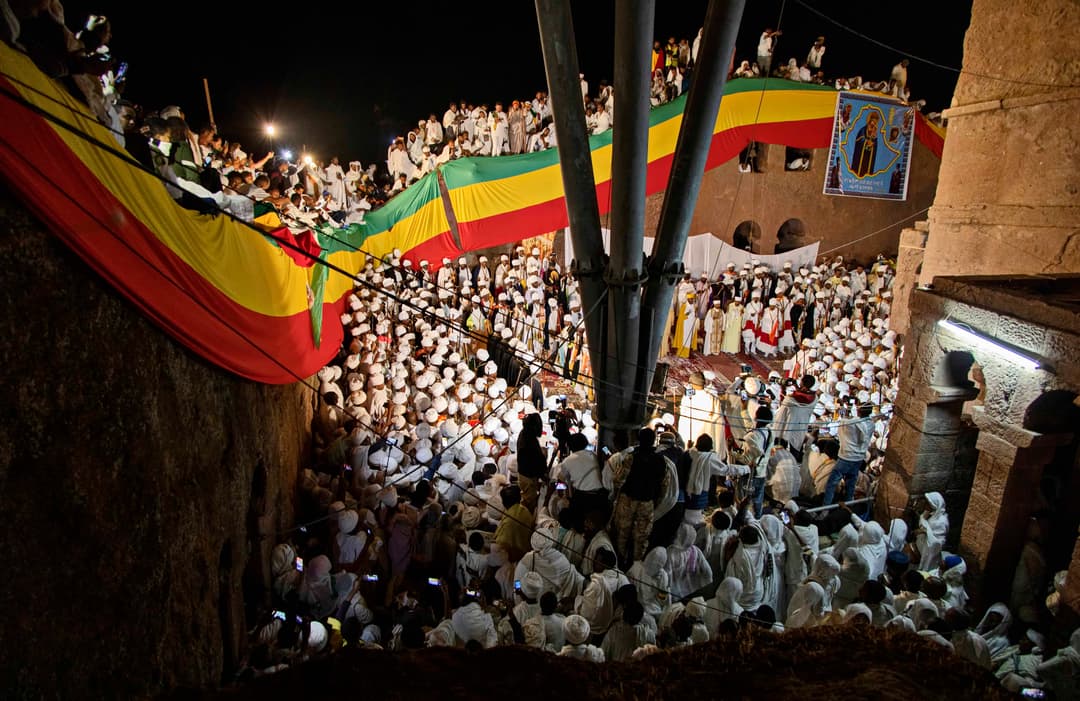
Itineraries By Experience
Discover More
